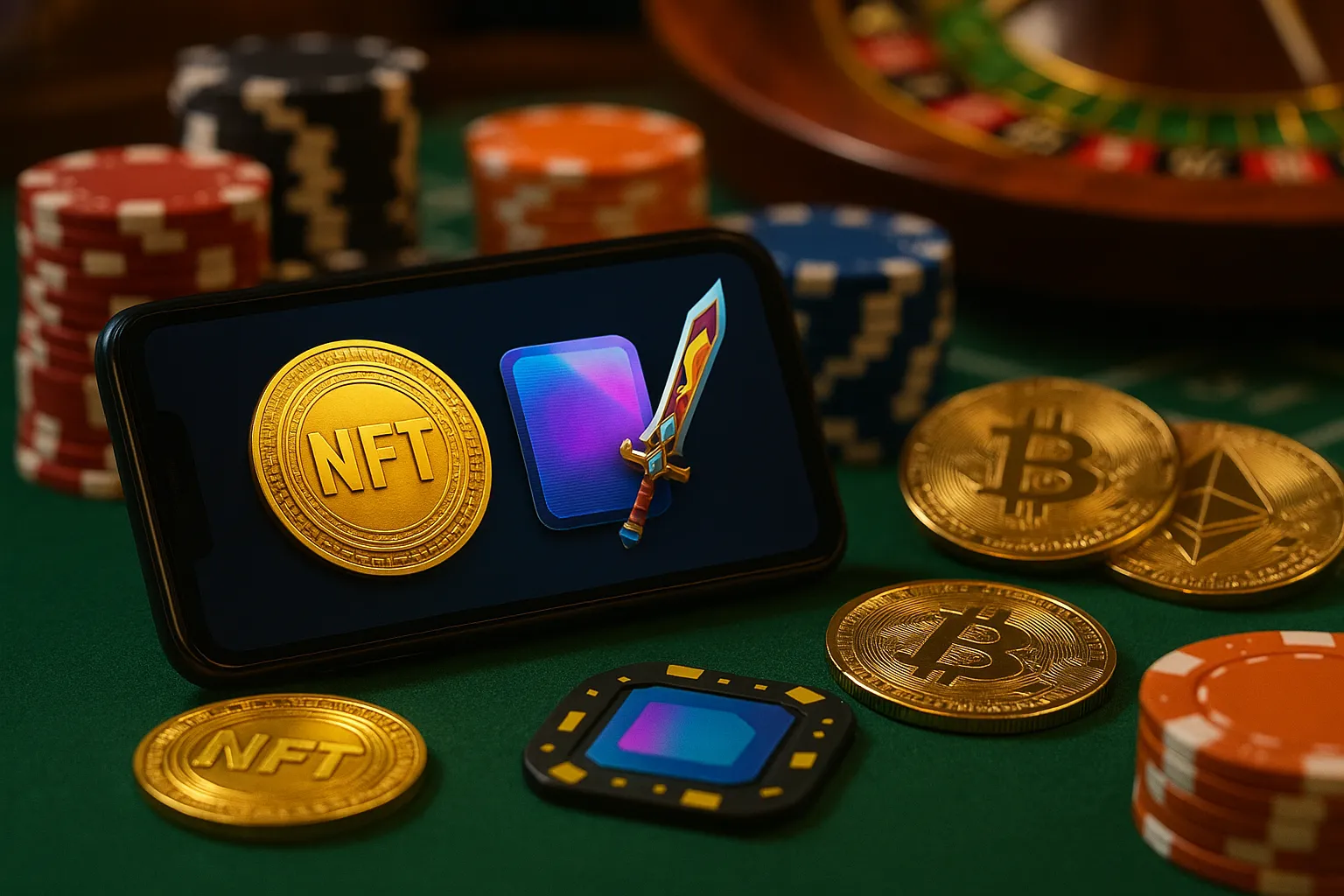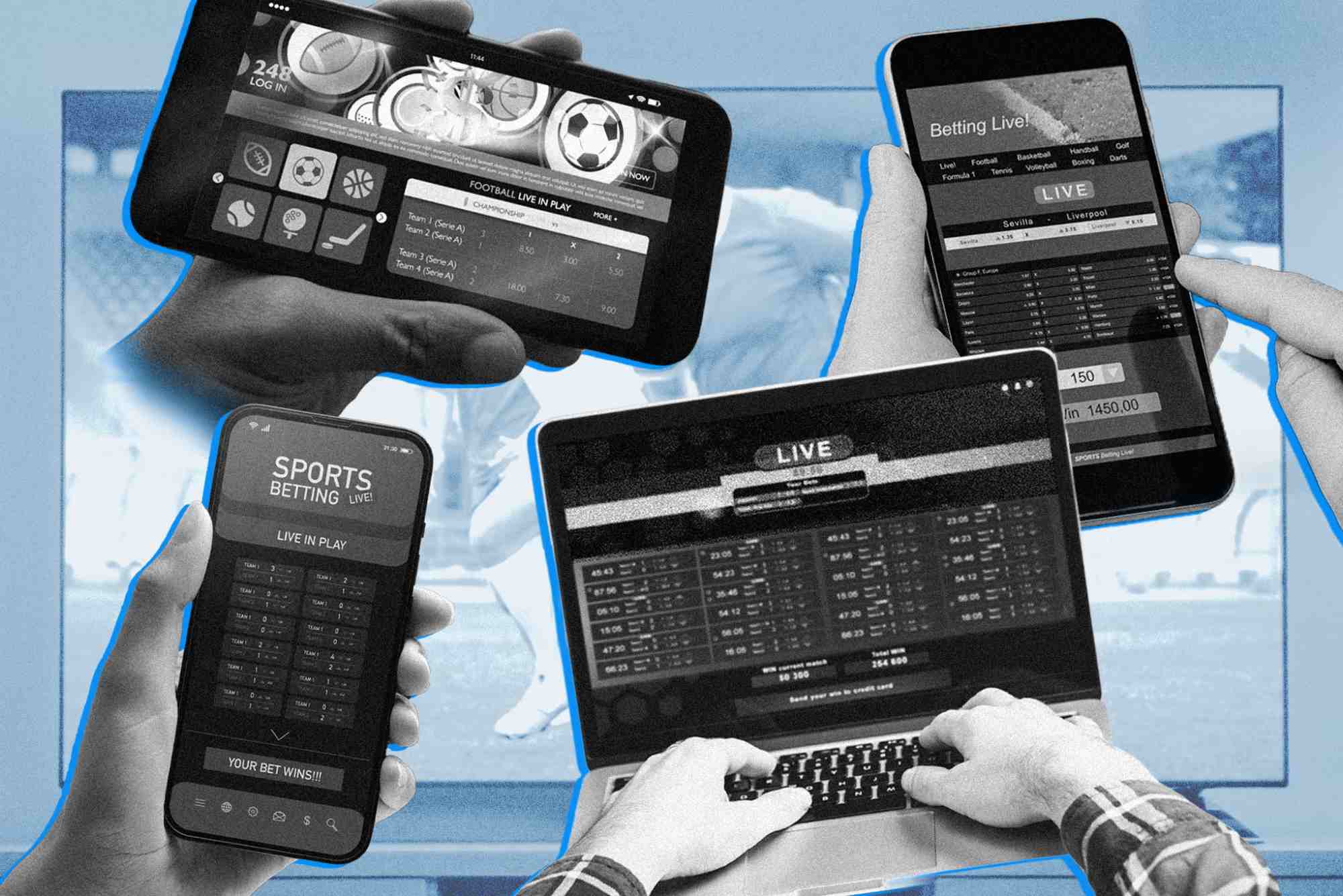In recent years, the casino industry has witnessed a striking convergence between traditional gaming and digital collectibles. In‑game skins—cosmetic variations for characters or items—long celebrated in the video‑gaming world, and NFTs—non‑fungible tokens—have begun to carve out their niche in both online and brick‑and‑mortar casinos. As someone who’s explored everything from VIP poker rooms to emerging blockchain casinos, I’ve been intrigued by how these digital assets enhance engagement, introduce new revenue streams, and challenge conventional models of ownership.
The Evolution of Skins and NFTs in Gaming
Skins first gained popularity in free‑to‑play games, where cosmetic items allowed players to express individuality without affecting gameplay fairness. Over time, skins developed real‑world value: rare knife skins in first‑person shooters fetched hundreds or even thousands of dollars on secondary markets. NFTs then added provable scarcity and ownership via blockchain, immortalizing digital items as unique tokens.
Today, forward‑thinking casinos are experimenting with skin‑based loyalty rewards—imagine earning a limited‑edition slot machine interface or a dealer avatar outfit—and NFT collectibles that grant access to exclusive tournaments or VIP lounges. These innovations aim to deepen player attachment by offering bespoke digital memorabilia with verifiable scarcity.
The Rise of No‑KYC Casinos and NFT Integration
Another frontier is the intersection of no kyc casinos and NFT skins. Platforms that waive traditional identity verification in favor of crypto‑only registration see synergies with blockchain‑native assets. Players can deposit, play, and accrue NFT rewards without surrendering personal data, appealing to privacy‑minded users.
One such site, no kyc casinos, has begun issuing NFT achievement badges that unlock special game modes. By merging wallet‑based access with collectible incentives, these operators cater to users seeking both anonymity and novel gaming experiences.
How Skins and NFTs Influence Player Behavior
When I first tried an NFT‑enabled poker platform, the thrill of owning a unique dealer avatar was undeniable. Suddenly, the virtual room carried a sense of prestige: players recognized each other’s rare skins, sparking conversations and friendly rivalries. This social layer fostered longer play sessions and a stronger community feel, as people sought to collect, trade, and showcase their digital assets.
In slot games, skins can serve as engagement levers. Take a casino that rewards 1,000 spins with an exclusive “Golden Reels” skin—complete with animated accents and a shimmering interface. Having that skin not only differentiates your play window but also acts as a status symbol when shared on social media. The desire to unlock or purchase coveted skins can drive repeat play, boosting both session length and wagering.
Regulatory and Security Considerations
Introducing NFTs and skins into regulated environments poses unique challenges. For traditional regulators, digital collectibles straddle the line between promotional giveaways and monetary prizes. Authorities must decide whether NFT skins constitute a prize subject to gambling rules or fall under marketing collateral. In addition, leveraging blockchain for NFTs introduces cybersecurity considerations—smart contract bugs or wallet vulnerabilities could expose players to hacks or loss of assets.
Many operators embracing NFT skins also partner with third‑party custodial services to manage tokens, ensuring that players can trade or cash out without handling complex private keys. Transparency around token issuance, transfer fees, and asset storage is crucial; players need clarity on how to redeem skins or convert NFTs back to fiat currency when desired.
Case Study: NFT Passports and VIP Access
A leading online casino piloted an NFT “passport” system, minting limited‑edition tokens that granted holders automatic VIP status. During a six‑month test, passport holders saw a 40% increase in monthly deposit frequency and a 25% longer average session length. The casino’s marketing team also reported a surge in organic social media mentions, as players flaunted their exclusive passports.
Having witnessed these dynamics firsthand, I can attest that NFTs can transform loyalty programs from static point‑based models into dynamic ecosystems where players feel genuinely invested in the platform’s growth.
Are Skins and NFTs Just Hype?
Skeptics argue that NFT spam and superficial skins risk diluting brand value and overwhelming players with gimmicks. It’s true that careless implementation—like flooding a loyalty store with generic skins—can backfire, creating clutter instead of excitement. The key lies in thoughtful curation: limited runs, thematic releases tied to real‑world events, and community‑driven design contests that give players a true stake in creation.
Moreover, partnering with reputable blockchain platforms and artists lends authenticity. When a portion of NFT sale proceeds supports charities or funds player tournaments, the initiative transcends pure commerce and fosters a sense of collective purpose.
The Future of Digital Collectibles in Casinos
Looking ahead, I anticipate deeper integration between metaverse environments and casino gaming. Imagine stepping into a virtual casino lobby where your avatar’s NFT wardrobe unlocks secret rooms or bonus pools. As Web3 technologies mature, in‑game skins and NFTs will likely evolve from marketing gimmicks into core elements of immersive, player-centric ecosystems.
However, widespread adoption hinges on user-friendly experiences. Simplifying wallet management, offering fiat‑on/off ramps, and ensuring regulatory compliance are vital. When done right, NFTs can catalyze new forms of engagement, forging a bridge between digital ownership and the age‑old thrill of casino play.




